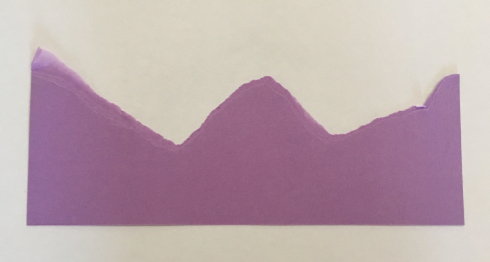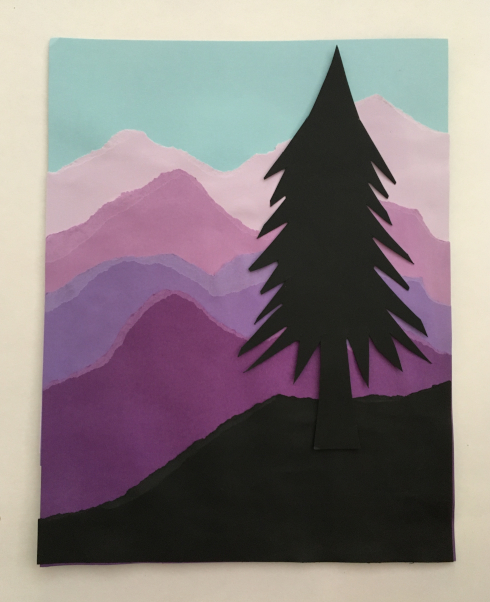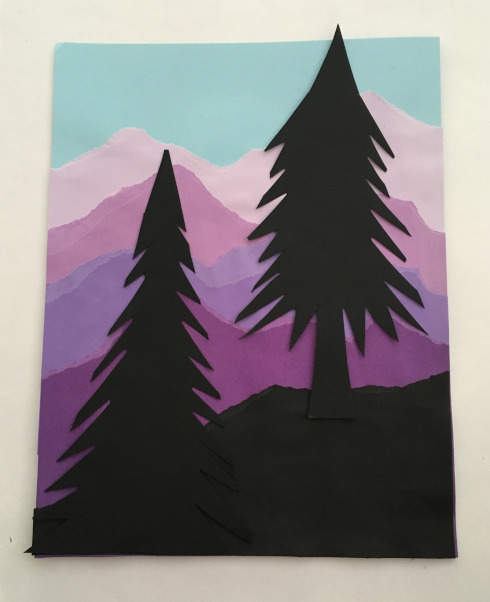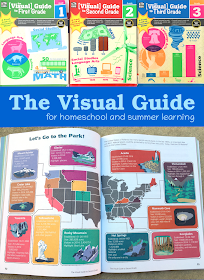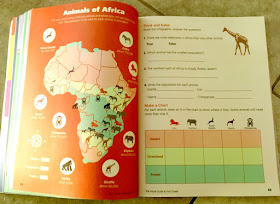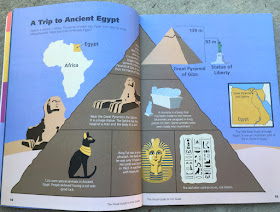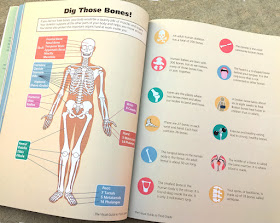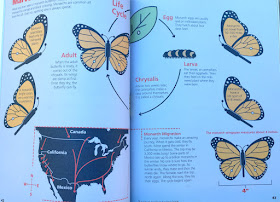Several years back I did a post about Christopher Columbus fact checking a lot of the errors floating around. Now, I'd like to share some short videos you CAN use to teach this history to children, without exposing kids to things they aren't ready for or sugar coating this history. Further down on this page are some good videos related to Spanish exploration, conquest and colonization.
Recommended Columbus Videos
BrainPop: Columbus
(Recommended for All Ages)
This was free when I first accessed it, but sadly it isn't now. But, because this was the best video for elementary age kids on Columbus I've found, I couldn't leave it off the list. It was kid friendly, animated, accurate, and didn't try to demonize Columbus or make him into a hero. It also dealt to some extent with both the positive and negative ramifications of Columbus' journey, both for the people of Europe and the people of the Americas. (NOTE: I didn't have a chance to look into the "extras" about Columbus they have...just the video, so can't comment on those).
Crash Course World History: 15th Century Mariners: Columbus, de Gama, and Zheng He
(Recommended for Upper Elementary through High School)
This video talks briefly about Columbus, along with two other sailors from this
time. This doesn't at all deal with the results of Columbus' journeys, but later videos in this series do (see below), so combined with those this covers this well. My middle-schoolers loved the humor in John Green's crash course videos.
CONTENT CONCERNS: Contains one joke related to
a Chinese explorer being a Eunuch that some may find inappropriate (minute 1:40-2:05,
easy to skip if you want to). You could also just
watch the part about Columbus (6:30-9:27), though I really think the
it's worth adding the part about the Portuguese explorer De Gama, which
really sets up why the Spanish were looking for a passage to Asia and
would fund Columbus' journeys. (That starts at minute 4:24).
Crash Course World History: The Colombian Exchange
(Recommended for Upper Elementary through High School)
This video shows the impact of Columbus' journeys and what followed on both sides the Atlantic, for good and bad, so it's a really important follow up to the last video.
CONTENT CONCERNS: Smaller children might be scared by depictions of war and people dying of smallpox. It uses OMG, spelled out, once (in an easily skippable side-segment in minutes 1:22-1:33). There is, in talk about syphilis, some indirect reference to sex (in talking about how it was spread by sailors they mention a quote "sailors...are men without women and therefor men of many women.")
Bartolomé de las Casas: Conscious of an Empire
(Recommended for Middle School through High School)
I highly suggest this for high schoolers and middle schoolers who prefer un-animated documentaries. This video is mainly about Bartolomé de las Casas, a priest who came to the new world shortly after Columbus had been removed of his governorship there, and later spent his life trying to end the enslavement and oppression of the native people in the Spanish colonies. After briefly introducing De las Casas and Nicolás de Ovando (the 3rd governor of the new world), it backtracks to Columbus's previous journeys, including the establishment of colonies and subjugation of the native peoples, which continues until minute 12:04 (though I suggest watching the whole thing to learn more about what happened after Columbus in the Spanish colonies). It is accurate overall, apart from one small error mentioned below which is easy to discuss.
CONTENT CONCERNS: Contains one brief instance of cultural nudity. Around minute 4:15 it briefly shows native
people being shown to queen Isabela, including a woman with bare breasts
(only slightly blurred). It also contains more depictions of violence.
Related to accuracy, it said that Bobadilla was sent back specifically to replace Columbus, but actually he was sent back mainly to investigate a colonist rebellion, though he had the power to replace Columbus based on his investigation. Another important detail that is left out is how Bobadilla also mishandled the governing of the colonies, and that things actually got worse for the indigenous people under his government. While Columbus and his brothers had tried to maintain discipline of the colonists through arguably cruel means, Bobadilla went in the other direction and let the colonists basically do what they wanted, including rape and abuse the native peoples without any censure (which I wrote about more in this article, in the section, "After Columbus".)
Biography.Com - Several Videos
(Recommended for Upper Elementary through High School)
There
are three videos embedded in this article (and unfortunately when you
load the article they all begin playing at once...so you will want to
scroll down and turn off the other two before showing to your kids).
All are are in the more typical older documentary style (not animated).
The first video covers the basics of the Columbus journeys and the
first Spanish colonies started under Columbus. My only slight criticism
is they could have said something to clarify the differences at the
time between subjugation under a feudal system (which we might recognize
as a form of slavery today, but which they would not have been thought of that way then), and chattel
slavery (Columbus subjugated many Taino on his 2nd journey and later enslaved some of these after the Taino fought back over their treatment). But overall this is accurate.
The 2nd video listed is more about the ships used on the journey, and the 3rd is a short footnote with a few more details.
The
text article is also well done, but contains one error (it says on his
4th journey he was shipwrecked in Cuba when he was actually shipwrecked
in Jamaica).
CONTENT CONCERNS: The videos contain some artistic nudity (middle age drawings of the natives without clothing).
Recommended Videos on
Civilizations of Central and South America
and Spanish Conquest/Colonization
The following aren't directly about Columbus, but can make a good follow up to show what happened in the new world after the voyages of Columbus.
Crash Course US History: The Black Legend, Native Americans, and Spaniards
(Recommended for Middle School and High School)
This video covers, very briefly, the Native American peoples who lived in what is now the US before European contact, and covers what happened to them during
Spanish colonization/exploration (which was after Columbus, but still related). My one minor quibble is that it sort of suggests that Bartolomé de las Casas was the only Spaniard fighting against the oppression of the
natives, while in fact, he was convinced that the enslavement
of the native peoples were wrong by other priests who were preaching
this before him. But none were as vocal or steadfast in their fight,
so I don't think that oversimplification is worth skipping this video, which
overall sets up well what happened to the native people during
colonization.
CONTENT CONCERNS: It has
pictures/depictions of massacres and torture which are not suitable for
younger kids, and which also contain nudity (medieval artistic nudity).
Extra Credits History: Bartolomé de las Casas - Changing Your Mind
(Recommended for All Ages)
This one deals a little bit more with Bartolomé de las Casas, who is
mentioned briefly in the last video. I was so excited when this came
out because this is probably my favorite historical character and the
person who got me studying this time period. He was a Spanish priest
who came to the colonies just after Columbus had his governorship
stripped. While he originally participated in the oppression of the
indigenous people he soon realized what was happening to them was wrong
and spent the rest of his life trying to end their oppression. The video did an excellent job and even managed to be completely kid friendly.
NOTE TO CHRISTIAN READERS: Though this is a secular resource, they did very well at portraying de las Casas' faith. They did however offer a brief critical note about proselytizing (presenting as a negative that las Casas supported it). Las Casas believed in proselytizing through love and logic, not force or coercion, and preached that this was the only Biblical way to share the gospel.
Crash Course US History: The Spanish Empire, Silver, and Runaway Inflation
(Suggested for Middle School and High School ...may work for late elementary also.)
This
covers, briefly, the empires that existed before Spanish Conquest and
what followed in the next several hundred years, and the results in
America, Spain, and even China.
(Suggested for Mid-elementary through High School)
This series, about an hour long in all, tells what life was like in the Inca Empire and than chronicles it's conquest by the Spanish.
CONTENT CONCERNS: There is violence but it is animated and somewhat abstract. I let my child watch other videos by Extra Credits with similar levels of violence around age 8.
TedEd - The Rise and Fall of the Inca Empire
(Suggested for All Ages)
This video also has some history of the Inca, and tells of their conquest. It has less detail than the longer video by Extra Credits. I feel like this video is more appropriate for younger kids because of the way it's told, in a way that reminds me of how a fable is told and with paper cut-out people that I think make the violence even more abstract than the stick people drawings of Extra Credits.




